Most company core values are effectively meaningless and are just plain words in document. Generic platitudes such as “Integrity,” “Customer Focus,” and “Excellence” have become ubiquitous wall-plaque fodder, yet they offer zero utility in guiding strategic decisions or shaping employee behavior. They are functionally inert, providing no clear framework for action.
This article corrects that deficiency. It provides a systematic, data-informed process engineered for small businesses to define and implement authentic core values. When executed correctly, these values cease to be mere decoration and transform into a strategic asset for decision-making, hiring, and building a resilient brand identity. The critical premise you must accept is this: Core values are not what you aspire to be; they are the codification of the principles that already exist within the high-performing DNA of your organization. This blog post will show you precisely how to uncover them.
Foundational Clarity: The Difference Between Mission, Vision, and Values
Before defining your values, it is imperative to differentiate them from their strategic counterparts: mission and vision. Confusing these elements leads to diluted, ineffective statements. The distinction is a matter of clear operational inputs.
- Your Mission Statement is your “What” and “Whom.” It defines your organization’s primary objective in the present tense. It answers the questions: What do we do? For whom do we do it? And why? A technically sound mission statement is a declaration of purpose. For example, Google’s mission, “To organize the world’s information and make it universally accessible and useful,” is a precise and measurable objective.
- Your Vision Statement is your “Where.” This is a forward-looking, aspirational declaration of your organization’s ultimate long-term goal. It describes the future state you are working to create. It should be ambitious and inspiring. IKEA’s vision, “To create a better everyday life for the many people,” provides a clear directional heading for all their long-term strategic planning.
- Your Core Values are your “How.” They are the codified, non-negotiable principles that guide every action, decision, and behavior within your organization as you execute your mission to achieve your vision. They are the cultural and operational guardrails. If the mission is the destination and the vision is the guiding star, the values are the rules of the road that dictate how you drive the vehicle.
The Strategic Imperative: Why Authentic Core Values Are Critical for Growth

Authentic core values are not a “soft” component of business ethics; they are a hard-edged tool for performance. Their value is quantifiable through several key business metrics.
- A Filter for Decision-Making: When faced with a strategic choice, core values serve as a rubric for evaluation. Amazon’s well-known value of “Frugality” is not merely about being cheap; it is a strategic filter that forces teams to achieve more with fewer resources, driving innovation and efficiency. Every potential project or expenditure can be passed through this filter: “Does this align with our principle of frugality?”
- A Magnet for Talent Attraction & Retention: Your value proposition to the talent market is defined by your values. Data from platforms like Glassdoor consistently shows a high correlation between employee satisfaction and companies with strong, lived-out values. Clearly articulated values act as a magnet for professionals who align with your company culture and a repellent for those who do not, which systematically reduces hiring errors and long-term employee turnover.
- The Bedrock of Brand Identity: Your values directly inform your external brand identity. Patagonia’s core value, “Build the best product, cause no unnecessary harm,” is not just a slogan. It is the core principle that dictates their supply chain decisions, their marketing campaigns (e.g., “Don’t Buy This Jacket”), and their product warranties, creating a fiercely loyal customer base that buys into the brand’s entire ethos.
- Fuel for Employee Engagement and Autonomy: When core values are clear and consistently reinforced, they empower employees to make autonomous decisions. An employee doesn’t need to consult a manager for every small choice if they have been trained to use the values as a guide. This increases operational velocity and fosters a culture of trust and leadership principles at all levels of the organization.
The 5-Step Process to Defining Your Core Values: A Workshop Framework

This is not an exercise in creative writing. It is a systematic process of discovery and codification. Follow these five steps precisely for optimal results.
Step 1: The Discovery Phase – Unearthing Your Principles
Assemble a cross-functional team of 5-10 individuals who represent a spectrum of roles and tenures, but who are all clear exemplars of high performance. The goal here is data collection. Ask each participant to create a list of 2-3 specific individuals within the company whom they believe are critical to its success. For each name, they must list the specific behaviors and attributes that make that person so effective. This data-first approach grounds the entire process in existing, successful realities, not aspirational ideals.
Step 2: The Affinity Mapping Phase – Grouping and Theming
In this phase, you will perform a thematic analysis of the raw data collected in Step 1. Write every single attribute and behavior from the lists onto individual sticky notes. Post them on a large whiteboard. As a group, begin clustering the notes into thematic groups. For example, notes like “Always meets deadlines,” “Finds a way to get it done,” and “Doesn’t make excuses” might cluster under a theme you initially label “Execution.” Do not rush this process. The emergent themes are the raw material for your core values.
Step 3: The Articulation Phase – Crafting the Value Statement
For each primary theme identified, your task is to craft a short, memorable, and action-oriented value statement. Avoid single, abstract nouns. The best values are phrased as verbs or commands that imply action.
- Instead of: “Innovation” -> Try: “Challenge the Status Quo”
- Instead of: “Collaboration” -> Try: “Succeed and Fail as a Team”
- Instead of: “Integrity” -> Try: “Do the Right Thing, Even When No One is Watching”
Step 4: The Pressure Test – Vetting for Authenticity
This step, informed by business thinkers like Patrick Lencioni, separates real values from hollow ones. Analyze your drafted value statements by asking three uncompromising questions:
- Is this value truly authentic to who we are at our best, or is it merely aspirational?
- Are we willing to hire, promote, reward, and even terminate employees based on their adherence to this value?
- Are we prepared to uphold this value even if, in a specific instance, it puts us at a competitive or financial disadvantage?If the answer to any of these questions is “no,” the value is not a core value and must be discarded.
Step 5: The Final Selection – Committing and Finalizing
Your final list of core values must be concise. Select the 3-5 core values that are most critical, resonant, and representative of your organization’s DNA. Any more than five becomes a laundry list that is impossible to remember and integrate into daily operations. The goal is not to list every positive attribute but to identify the select few principles that are the absolute core of your success. This final list should be approved and committed to by the highest level of leadership.
Real-World Examples of Powerful Core Values (and Why They Work)

Analyzing how high-performance organizations articulate their values provides a useful model.
- Netflix: “Judgment,” “Courage,” “Impact”
- Analysis: These are not comforting, feel-good words. They are demanding professional standards that are detailed extensively in the famous Netflix Culture Deck. They use these values to justify a high-freedom, high-responsibility culture where they seek to hire only “fully formed adults.” The values directly support a business model that requires rapid innovation and decisive action.
- Zappos: “Deliver WOW Through Service”
- Analysis: This is a highly actionable and customer-centric value. It is not abstract; it is a clear directive. It is embedded in their operations, from their legendary unscripted customer service calls that can last for hours to their generous return policies. The value is a direct input into their business strategy and a key driver of their brand loyalty.
- Atlassian: “Open Company, No Bullshit”
- Analysis: This value is memorable because it is authentic and slightly edgy. It sets an unambiguous standard for internal transparency and communication. It tells employees and potential hires exactly what to expect from the company culture—a direct, candid environment. This clarity helps attract talent that thrives in such a system.
From Document to DNA: How to Implement and Embed Your Core Values
Defining your values is only 20% of the work. The remaining 80% is the disciplined, repetitive integration of those values into the fabric of your organization.
- Integrate into Your Hiring Process: Move beyond simple screening and embed the values into your behavioral interviewing protocol. For each value, develop questions that prompt candidates to provide specific examples of past behavior. For a value like “Bias for Action,” you might ask: “Tell me about a time you had to make a quick decision with incomplete information. What was the situation and what was the result?”
- Embed in Performance Reviews: Your values must be a formal component of performance management. Evaluate employees on two distinct axes: their performance results (the “what”) and their adherence to core values (the “how”). A high-performer who consistently violates company values is a toxic asset. A simple formula to represent this is:
Overall Score=(wp⋅Performance Score)+(wv⋅Values Score)
Where wp and wv are the respective weights assigned to performance and values.
- Make Them Visible in Daily Operations: Repetition is key. Leaders and managers must be trained to reference the core values in daily conversations. Use them in project kick-offs to set expectations. Frame positive and negative feedback around the values. Publicly recognize employees who exemplify a core value, explaining exactly what they did and which value it demonstrated.
- Leadership Must Embody the Values: This is the single point of failure. If the leadership team does not consistently model the values through their own actions, decisions, and communications, any effort to embed them will be perceived as hypocrisy and fail immediately. Leadership behavior is the ultimate signal of what is truly valued.
Conclusion: Your Values as a Strategic Compass
We have established that defining company core values is not an exercise in platitudes but a rigorous strategic process. The framework is clear: differentiate values from mission and vision, recognize their critical impact on performance, and follow the five-step process of discovery, mapping, articulation, testing, and selection.
Remember, the power of your core values is not realized when the document is finalized, but when they are integrated into every hire, every performance review, and every decision. They are your organization’s strategic compass. Your final task is to commit to action. Schedule your discovery workshop for this quarter. Your company’s most powerful strategic tool is waiting to be defined and deployed.







